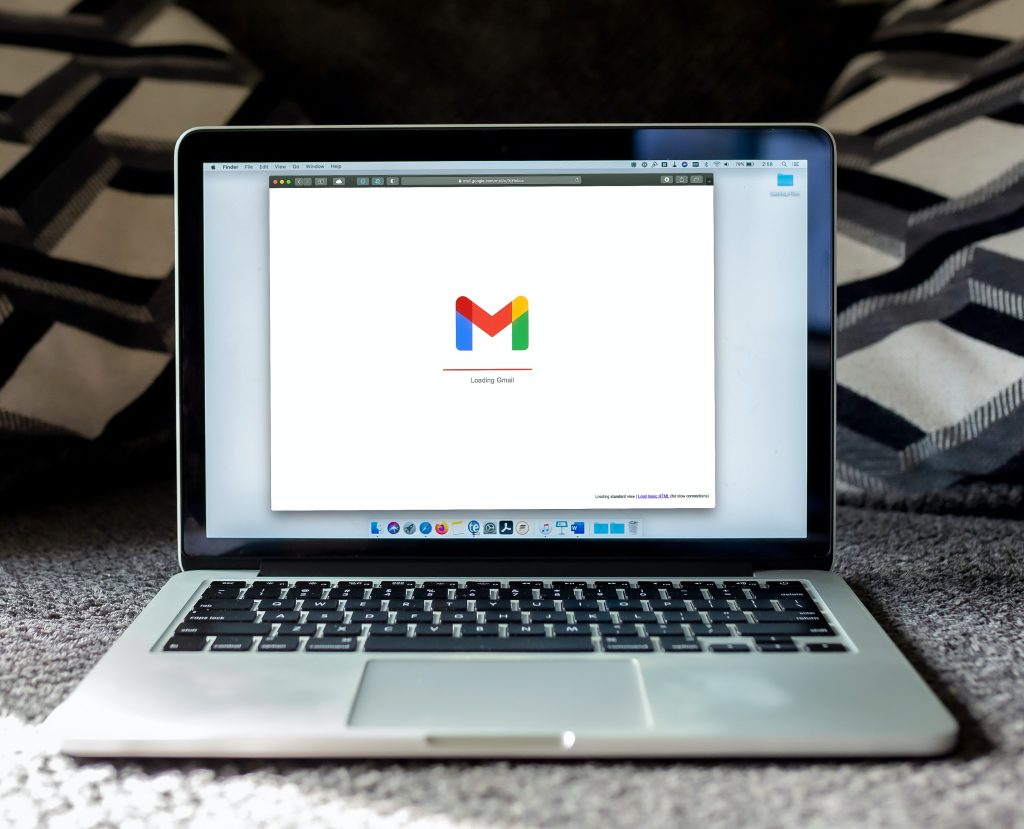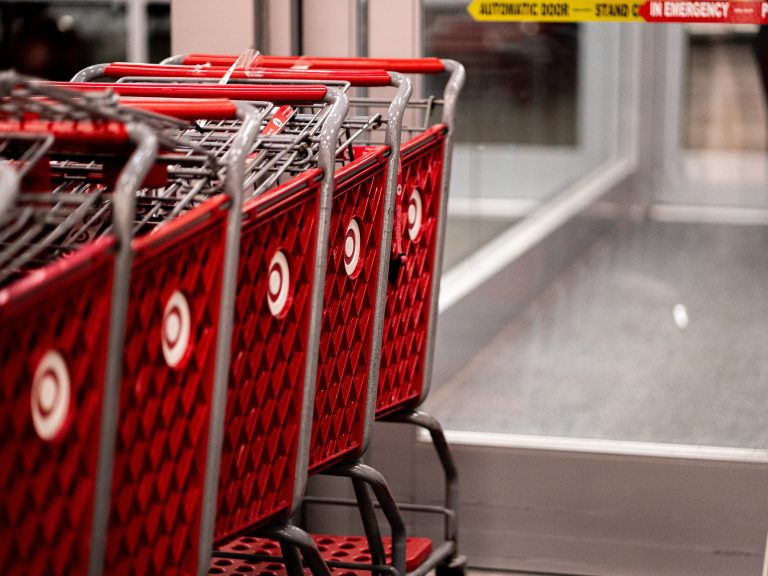You’ve Got (Too Much) Mail!

Long-time users of Gmail are starting to be confronted with a harsh reality: their free storage is running out. As part of its mail service, Alphabet’s Google provides users with up to 15GB of cloud-based storage for free. Once that limit is reached, users will no longer be able to send or receive email. At this point, their only two options are to purchase additional storage or delete old emails to free up space. Gmail is currently offering an additional 85GB of storage for $2 per month.
To be sure, 15GB is a lot of storage. For example, my Gmail inbox currently has just over 15,000 emails and is using 2.1GB of storage. Obviously, storage usage will vary depending on size of emails, and whether they have photo and video attachments. But, 15GB should allow the average user to store over 100,000 emails. Conversely, this means freeing up space by deleting emails will be very time consuming. As one user explained, “It takes hours to make even a small dent.” The same user, however, said paying the additional storage fee would also make him, “feel like a sucker.”
There are some apps available that help users identify their largest files and delete those in bulk. But for many users who never thought they would reach their storage limit, they face an important decision: pay for additional storage or spend hours deleting emails.
Discussion Questions:
- Google provides Gmail users with 15GB of “free” storage. Is it really free? If not, what are the costs and who pays them?
- Theoretically, users who reach their limit also have a third option: they can switch to a different email provider. Why might people be unwilling to do that?
- Consider the opportunity cost of users’ time associated with spending several hours to delete thousands of emails. If a user is willing to spend 2 hours per week deleting emails to avoid spending $2 per month for storage, what does that say about the value a user places on their leisure time? Is that rational?
Sources: Washington Post: Quit or pay: What to do when you run out of free Google storage; Photo by Solen Feyissa on Unsplash













